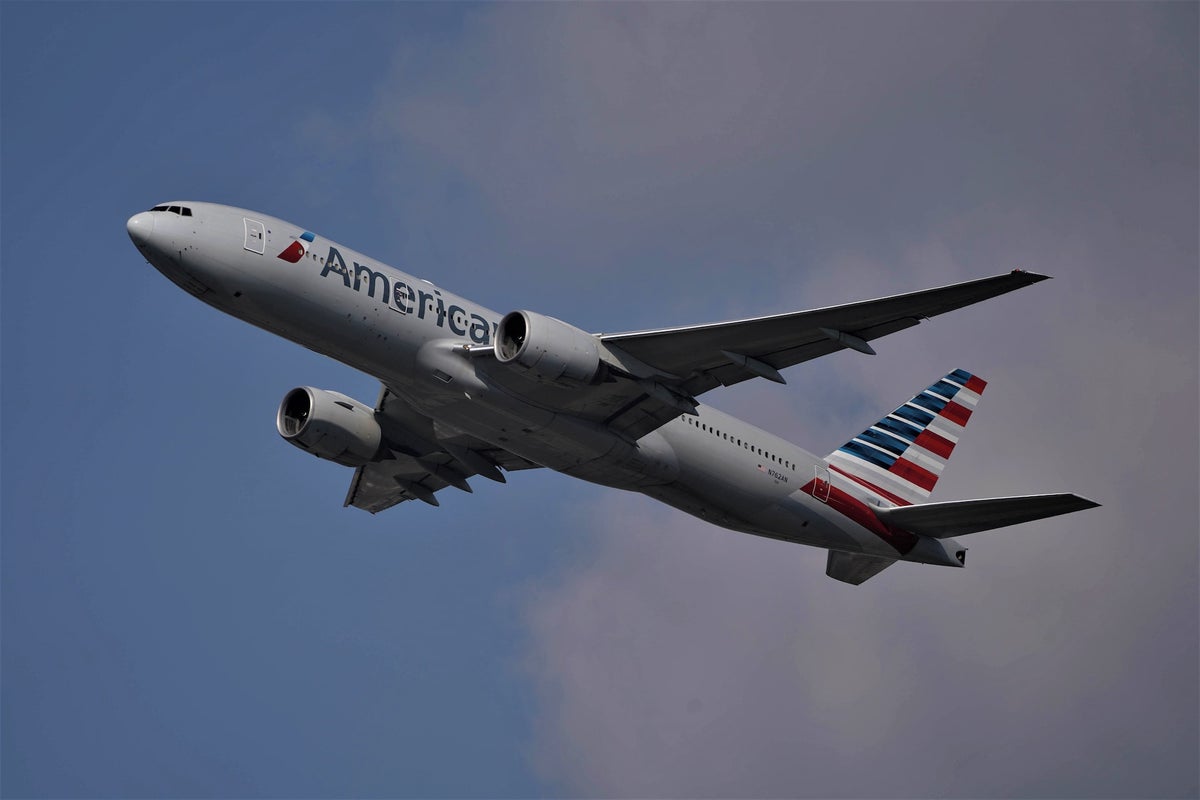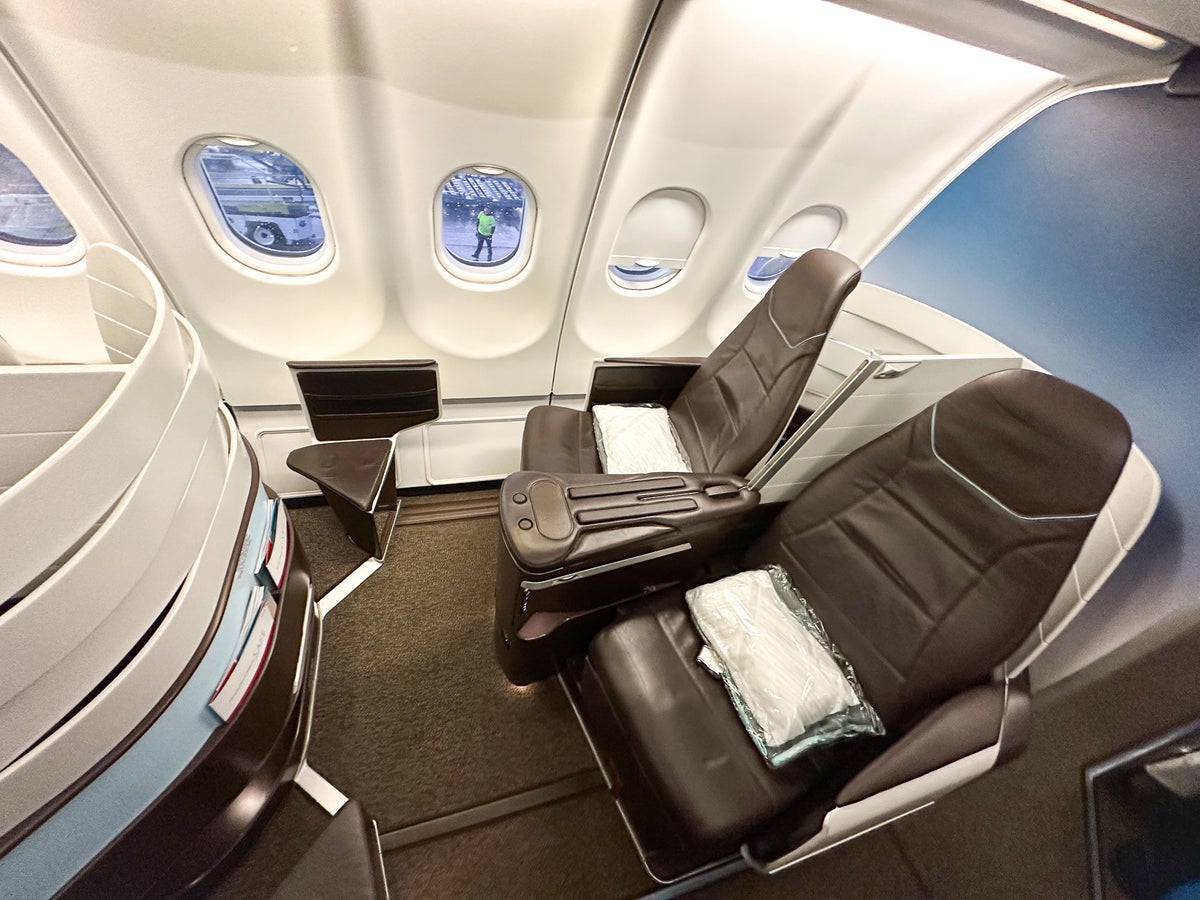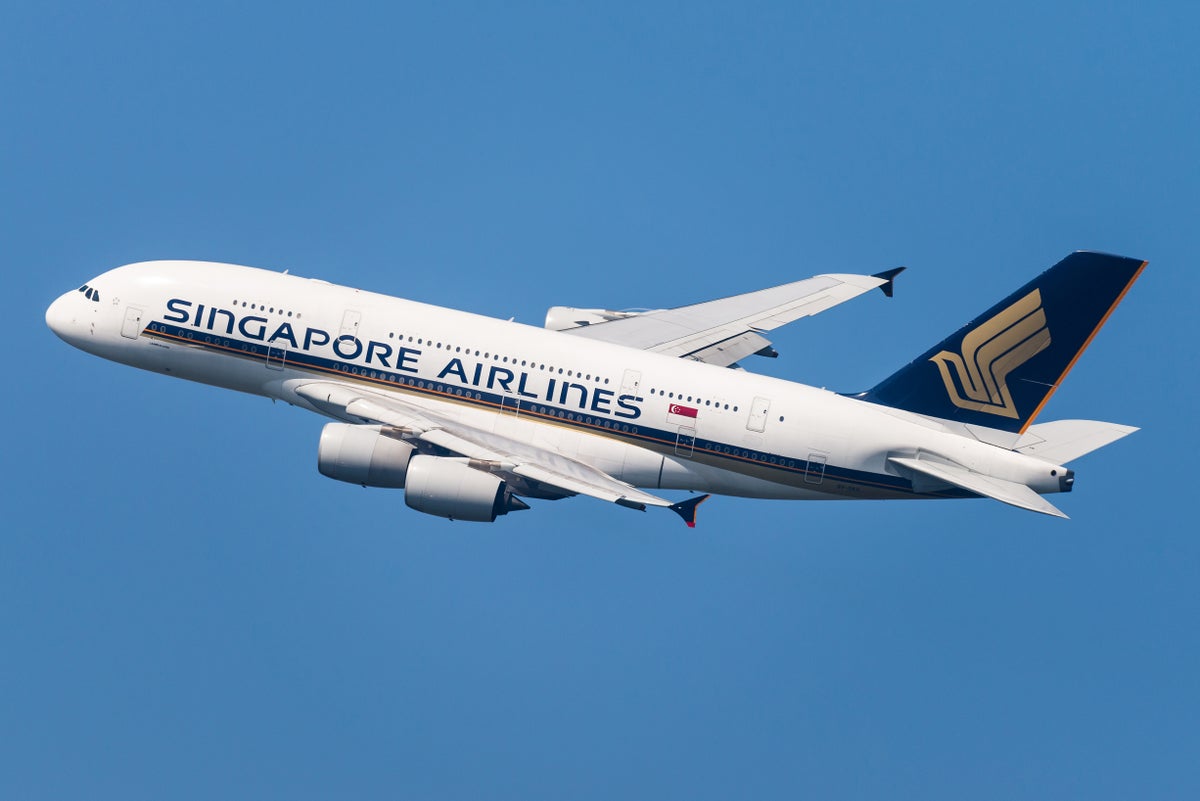Christy Rodriguez
Christy Rodriguez
Travel & Finance Content Contributor
90 Published Articles
Countries Visited: 36U.S. States Visited: 31
After having “non-rev” privileges with Southwest Airlines, Christy dove into the world of points and miles so she could continue traveling for free. Her other passion is personal finance, and is a cer...
Edited by: Kellie Jez
Kellie Jez
Director of Operations & Compliance
6 Published Articles 1295 Edited Articles
Countries Visited: 10U.S. States Visited: 20
Kellie’s professional experience has led her to a deep passion for compliance, data reporting, and process improvement. Kellie’s learned the ins and outs of the points and miles world and leads UP’s c...
![Which U.S. Airlines Dominate Market Share in North America? [2018 Data Study]](https://upgradedpoints.com/wp-content/uploads/2019/03/Map-of-the-USA-with-a-plane.jpg?auto=webp&disable=upscale&width=1200)
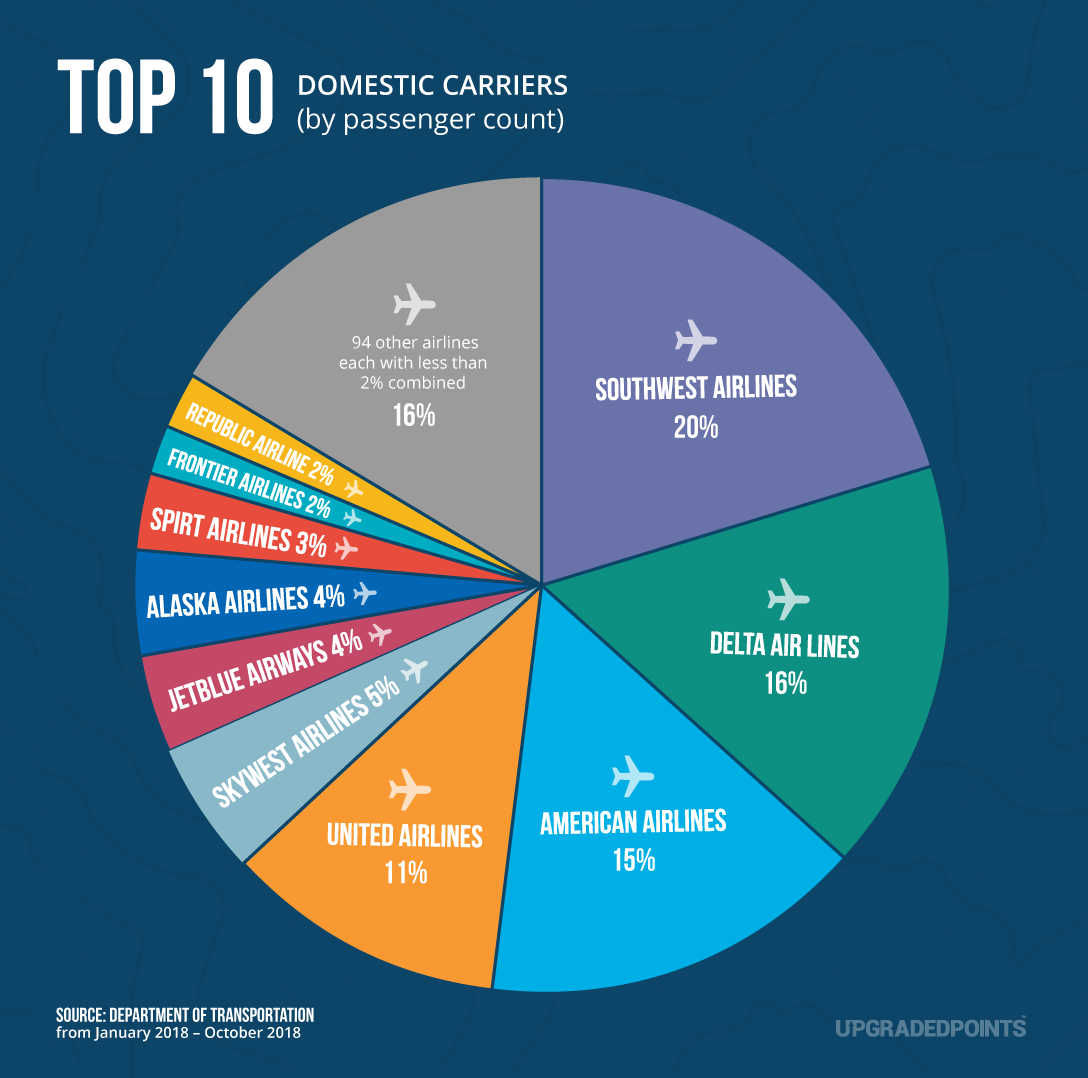
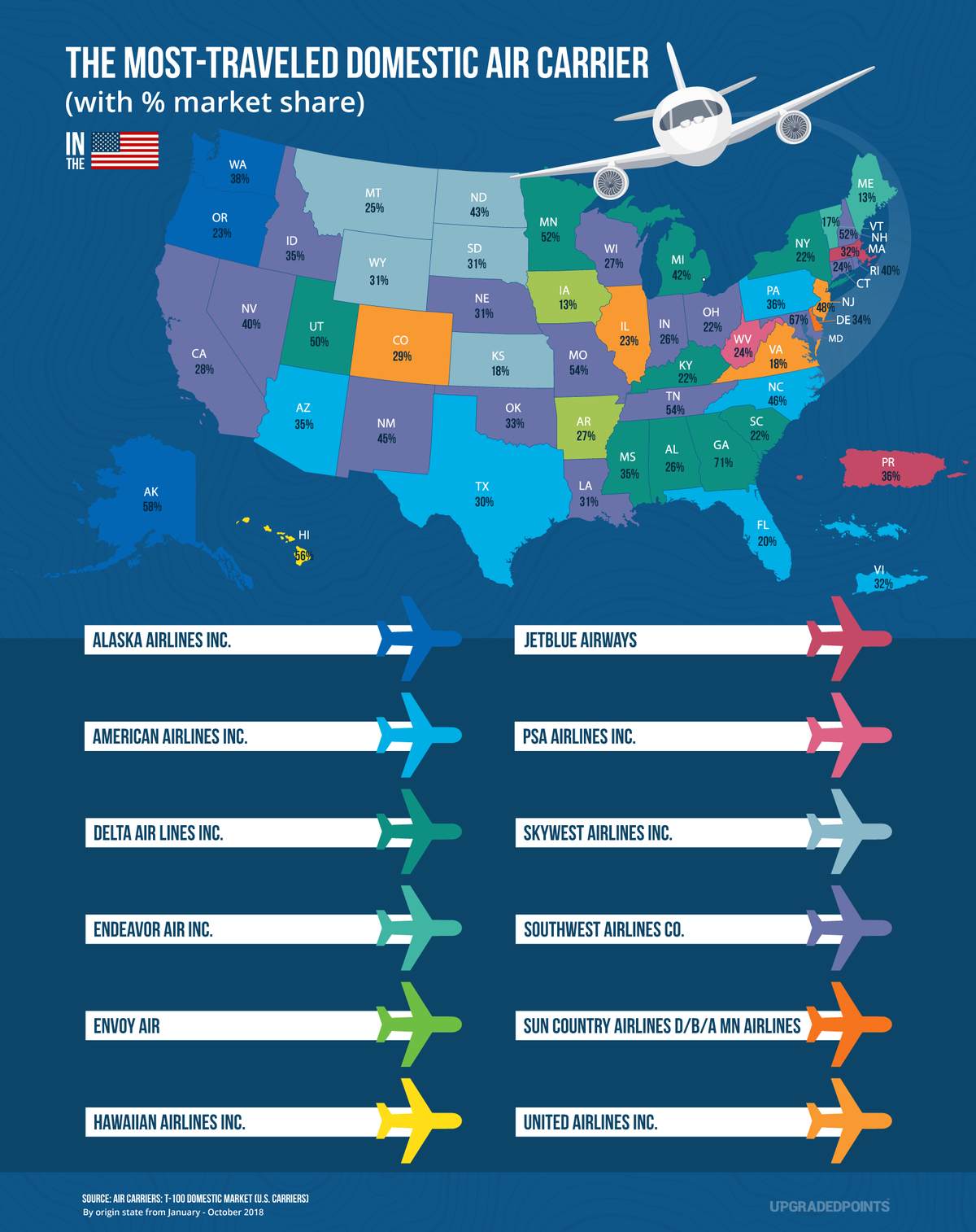
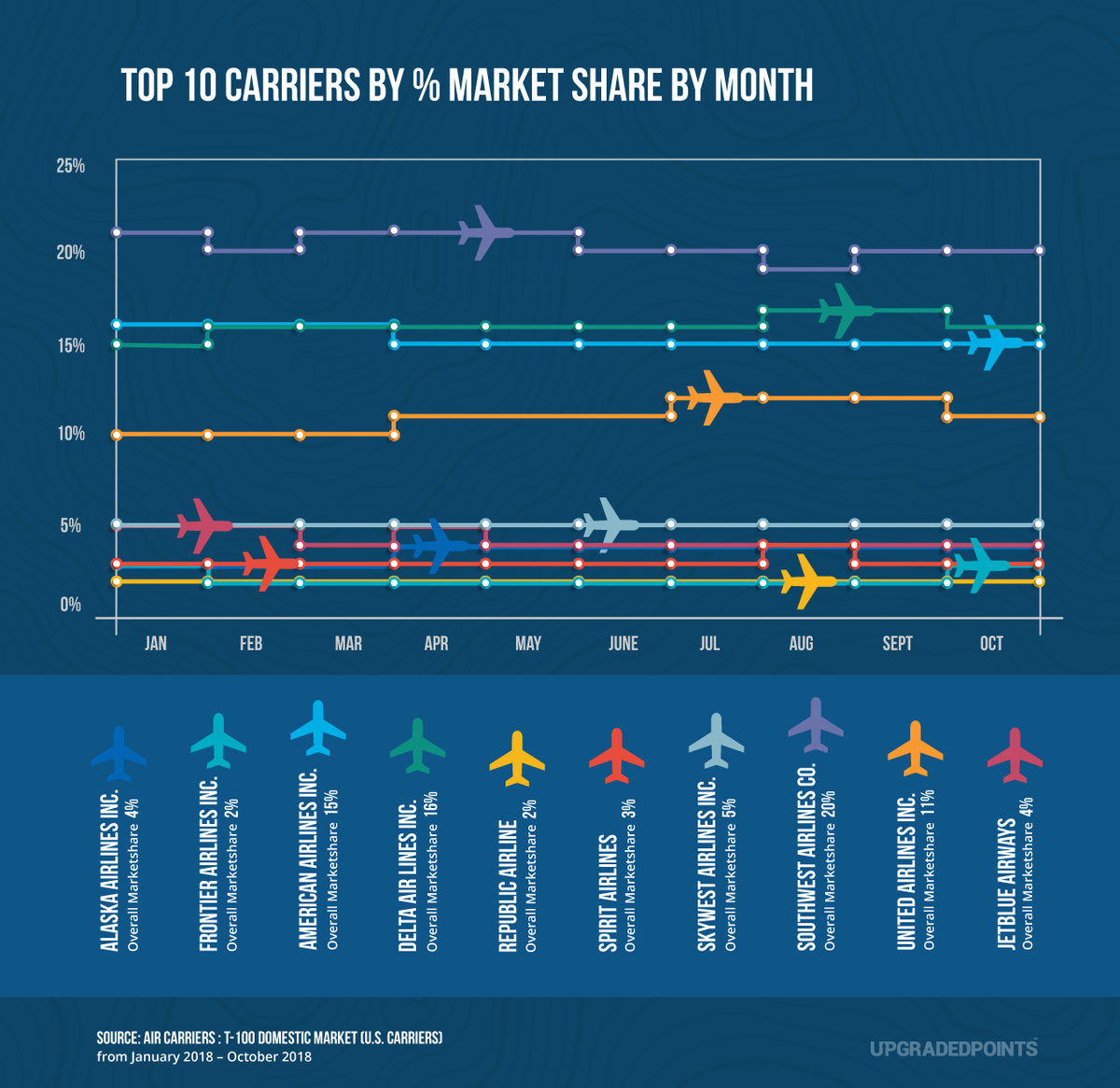
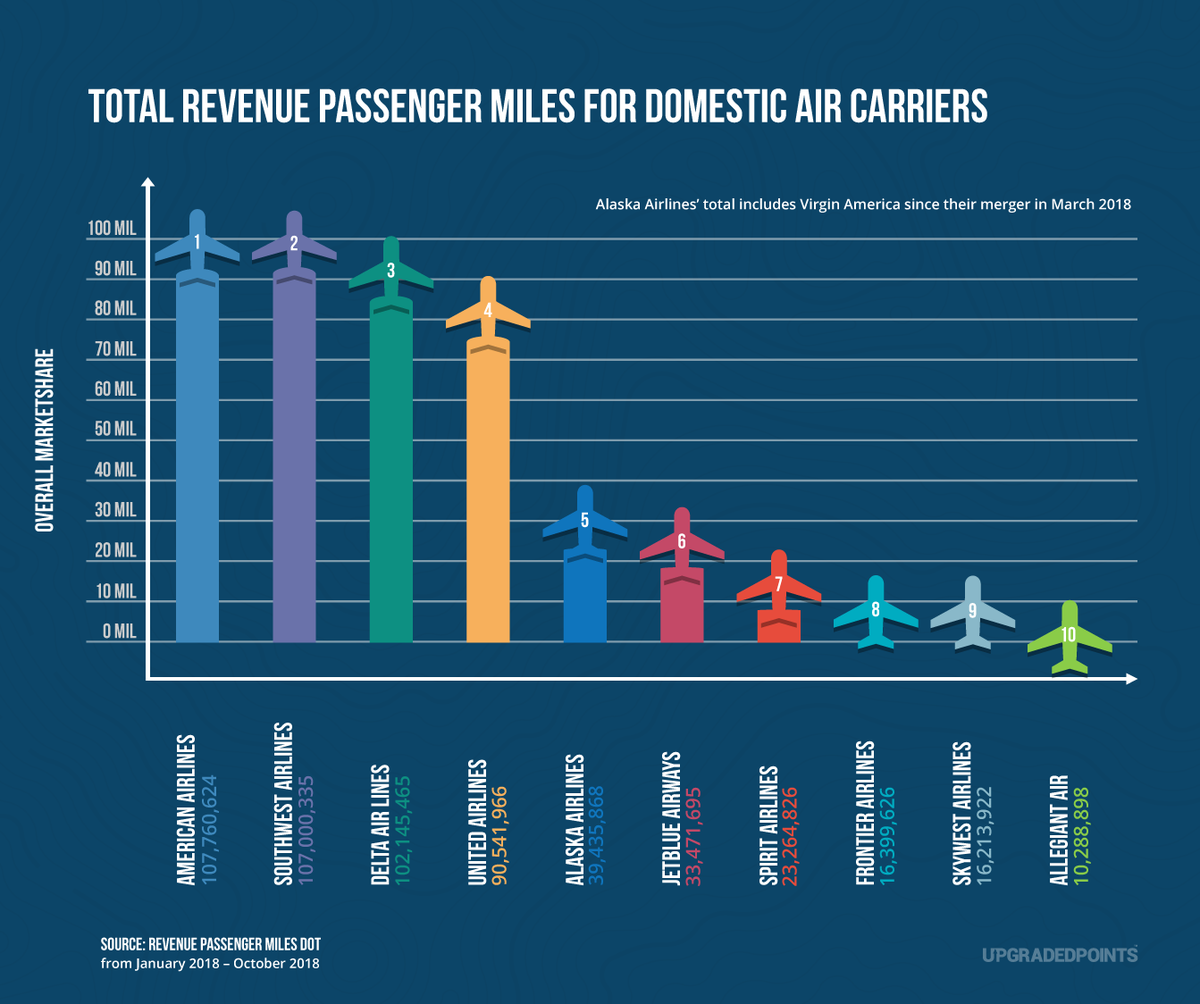
![The Best and Worst U.S. Airlines To Fly with Your Pet [Data-Study]](https://upgradedpoints.com/wp-content/uploads/2019/06/dog-traveling-in-crate.jpg?auto=webp&disable=upscale&width=1200)
